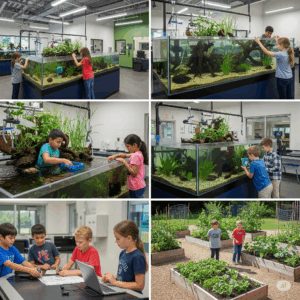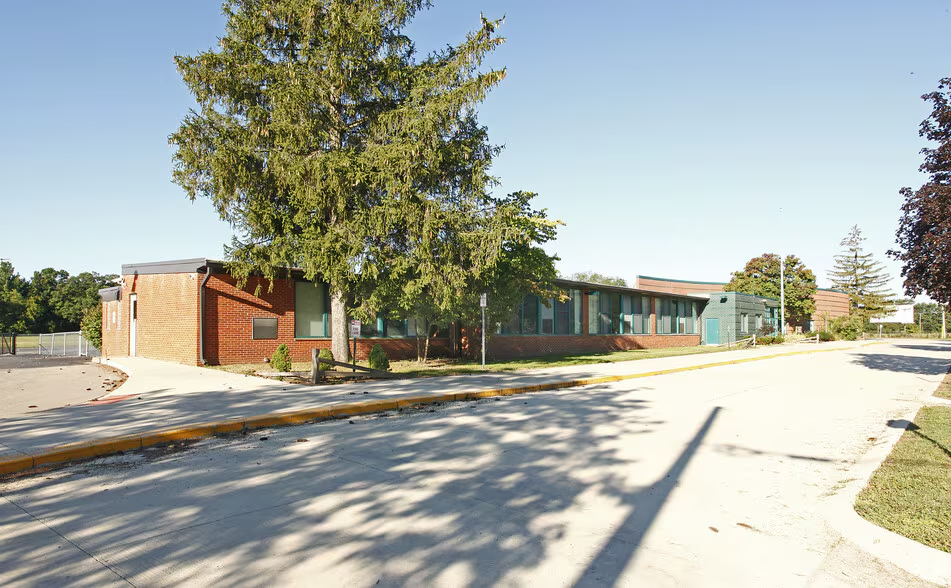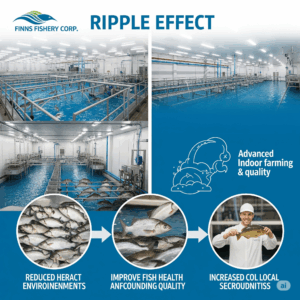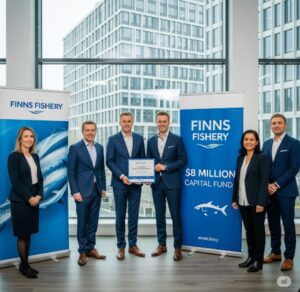Finn’s Fishery Corp press releases July 2, 2025
FOR IMMEDIATE RELEASEFinn's Fishery Corp Announces Lead Support for the old Pinckney's Elementary School's Ambitious $8 Million CampaignPINCKNEY, MI – July 2, 2025 – Finn's Fishery Corp, a leader in…
935 W M-36 – Former Pinckney Elementary School
The Finns Fishery Corp in Pinckney Village is embarking on an ambitious capital campaign to raise $8 million for the development of a state-of-the-art hatchery and educational campus. This integrated…
The real ripple effect of Finns Fishery Corp
A deep dive into the real ripple effect of Finns Fishery Corp reveals a transformative impact on the village of Pinckney, extending far beyond the immediate operations of the fishery.…
Finns Fishery Corp Educational Facility
Finns Fishery Corp to Bring State-of-the-Art Fish Hatchery & Educational Facility to Pinckney, Michigan Finns Fishery Corp is excited to announce our ambitious plans to establish a state-of-the-art fish hatchery…
Finns Fishery Corp state-of-the-art fish hatchery
Finns Fishery Corp is thrilled to announce our plans to establish a state-of-the-art fish hatchery in the Village of Pinckney, Michigan. This groundbreaking project isn't just about fish; it's about…
$8 million dollar capital fund
Finns Fishery Corp an exciting and innovative project coming to Pinckney Michigan! A state-of-the-art fish farm with a learning campus and agricultural component could bring fresh, locally-sourced food to the…






